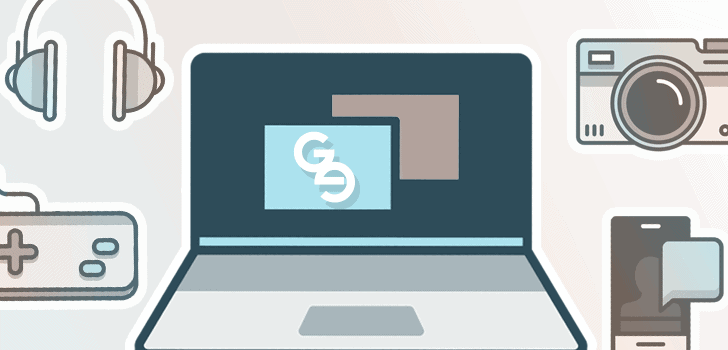The growth in world population triggers a rise in demand for food and raw materials for manufacturing. The increase of plantation farming triggered numerous innovations all geared to improved productivity and yield per hectare. Recently, the use of drones in agriculture has revolutionized crop management practices such as monitoring; pest and disease control and weed management. The drones are fitted with high definition cameras to capture clear images of the field. Most recently, Sensilize is a gadget mounted on drones to enhance better management.

Conventional cameras help identify pest infested plants, diseased crops, weak plants and emerging weeds in a broad scope. Manual checks are prone to missing detailed observations and tedious. With the new gadget, farmers can do more to raise their yields to higher levels. The ability to give feedback on the quality of the land and other edaphic factors remains the pulling factor for its adoption. You probably may not need to take soil samples in areas where you need to put your next crop, saving you time and money.
The device uses light spectroscopy to make conclusions on the type of soil, vegetation, and water in the area. Using any of your agricultural drones, you will get all the information without stepping out of your house or the working station. With adequate yet accurate information about you field, you will be able to know the kind of crop varieties required, the type of irrigation and the level of fertilization needed to give you maximum output.
While drones are widely used in large-scale farming, Sensilize is likely to alter the trend. Small-scale farmers can use the system to increase productivity without spending on additional labor. The remote data processing means you get real-time data as collected in the field, which helps in making timely decisions on land allocations where farmers practice mixed cropping. As if not enough, you can make repetitive analysis to cover areas that need more time.
